Let me talk about myself! I have been trading cryptocurrencies for exactly ten years, turning a principal of 300,000 into 40 million, capturing almost all the gains in my holdings! Now, I support my family through cryptocurrency trading. I can say that I have used 80% of the methods and techniques in the market, but the most practical ones are still the simplest 'candlestick trading methods*'. If you want to treat cryptocurrency trading as a second career to support your family, you must study this article seriously to avoid making mistakes for the next 10 years.
I can't say that I have become rich; I'm barely financially free, and I can only say that my expenses are covered. During this process, I deeply understand how important a good mentor is! Having been through the rain, one always wants to provide an umbrella for others. I have experienced days of isolation and helplessness, so I empathize with others' losses. I want to lend a helping hand and make up for the regret of wanting to be pulled up back then, like providing an umbrella to my past self who was caught in the rain. This is also the original intention of my sharing, hoping to help many friends in the community avoid some detours!
Mastering this simplest method of trading cryptocurrencies will gradually make you wealthy; first, firmly grasp the following 10 rules:
1. For strong coins that have dropped at high levels for 9 consecutive days, be sure to follow up in a timely manner.
2. If any coin has risen for two consecutive days, be sure to reduce positions in a timely manner.
3. If any coin rises over 7%, the next day there may be a chance for a pullback, so it is advisable to stay on the sidelines.
4. Previously strong bullish coins must be entered after they have ended.
5. If any coin has fluctuated quietly for three consecutive days, observe for another three days, and if there is no change, consider switching positions.
6. If any coin fails to recover the previous day's cost price the next day, it should exit in a timely manner.
7. In the top gainers list, if there are three, there must be five; if there are five, there must be seven. For coins that have risen for two consecutive days, enter the market when the price drops, as the fifth day is usually a good selling point.
8. Volume and Price Indicators + are crucial; trading volume is considered the soul of the cryptocurrency market. When the price breaks out at a low point during consolidation, it should be addressed.
Note: If there is a significant increase in volume at a high point without a corresponding price increase, exit decisively.
9. Only choose coins in an upward trend for operation, as this maximizes success and avoids waste. A 3-day moving average turning upwards indicates short-term increases; a 30-day moving average turning upwards means mid-term increases; an 80-day moving average turning upwards indicates a major upward wave; a 120-day moving average turning upwards signifies long-term increases.
10. In the cryptocurrency market, small capital does not mean no opportunities. As long as you master the correct methods, maintain a rational mindset, and strictly execute strategies while waiting for opportunities to arise.
The above 10 points are all summarized and deeply understood in the market; they must be repeated and practiced in unity, and I believe your cryptocurrency trading skills will improve dramatically!
So how to excel in cryptocurrency trading? Once a person enters the financial market, it's hard to turn back. If you are currently at a loss and still confused, but plan to treat cryptocurrency trading as a second career, you must understand the 'candlestick trading method'. Understanding it thoroughly can help you avoid many detours. These are personal experiences and feelings, so it is recommended to save and ponder repeatedly!
As a newcomer to the cryptocurrency market, understanding candlesticks is essential knowledge; it is the foundation of all technical analysis. Learning to interpret candlestick charts is crucial for capturing cryptocurrency trends.
The most fundamental indicators in the cryptocurrency market: Candlesticks and trading volume.
What is a candlestick chart? A candlestick chart, also known as a candle chart+, is one of the most commonly used tools in cryptocurrency analysis. It visually represents price changes in the cryptocurrency market, allowing you to see price fluctuations at a glance.
The basic structure of candlesticks: each candlestick represents price changes over a specific period, with common time units being 1 minute, 5 minutes, daily, etc. Highest point: the upper shadow of the candlestick. Lowest point: the lower shadow of the candlestick.
Common patterns in candlestick charts: Bare head and bare foot candlestick* (Large bullish candlestick*/Large bearish candlestick): indicates a significant price movement in the cryptocurrency market that day. Cross star: indicates market uncertainty, and a reversal may occur at this point. Hammer candlestick*: signals a potential bottom reversal and can be a buying signal.
How to use candlestick charts for analysis in the cryptocurrency market? Look at the trend: By analyzing the arrangement of candlesticks, determine the upward, downward, or oscillating trend in the cryptocurrency market.
Combine with other indicators: such as moving averages, MACD+, to enhance judgment accuracy.
Set buy and sell points: When a reversal pattern appears on the candlestick chart, consider entering or exiting the market.
Next, I will introduce the candlestick patterns that are often encountered in the cryptocurrency market.
1. Cross Candlestick*
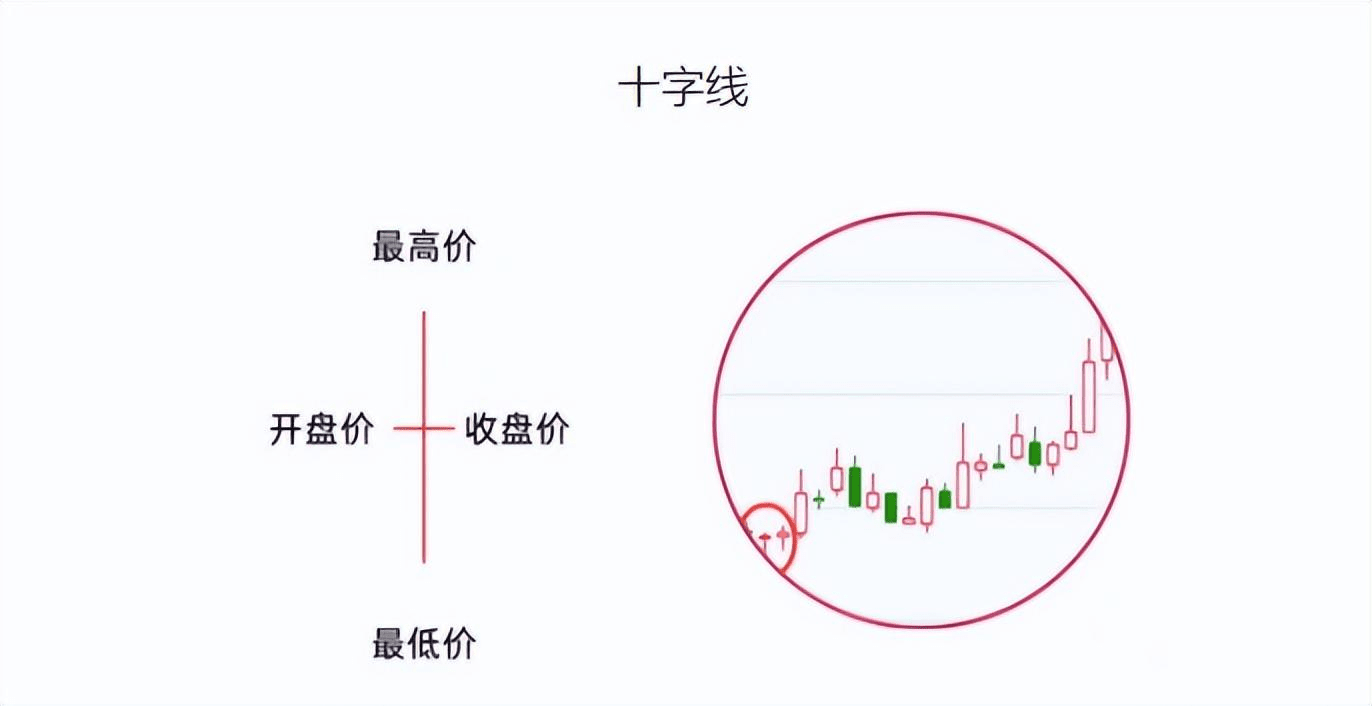
The cross candlestick reveals the fact that the forces of bulls and bears are balanced. Generally, a trend reversal is likely to occur after a cross candlestick, changing the previous trend direction. If a cross candlestick appears during a rising market, it reveals the fact that the upward momentum is weakening; if a cross candlestick appears during a declining market, it reveals the fact that the downward momentum is weakening; if a cross candlestick appears during a sideways trend, or if multiple cross candlesticks appear around the same price level, then the cross candlestick cannot provide a signal for a trend change.
2. T Sub-Candlestick
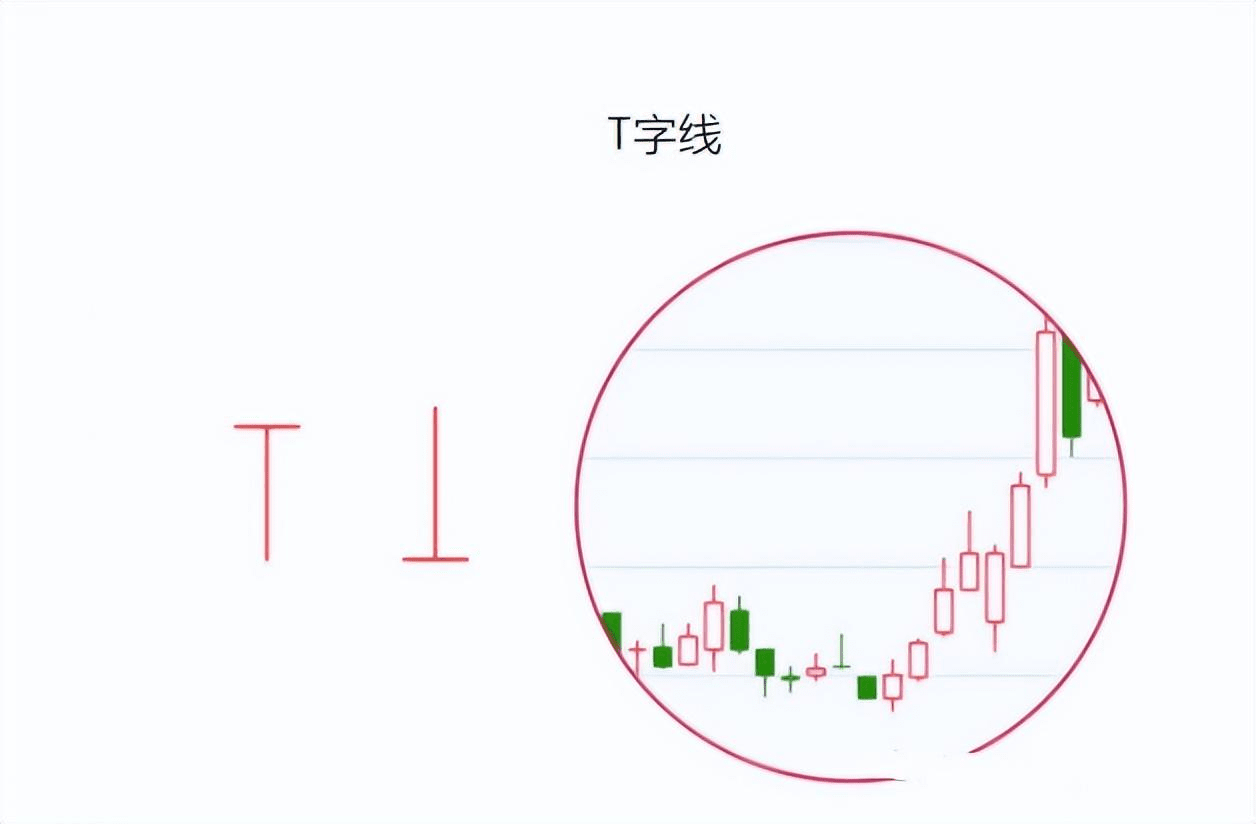
When a T-shaped candlestick appears at a low point in the trend, it indicates strong support below and potential for a rebound.
When a T-shaped candlestick appears at a high point in the trend, it indicates severe selling pressure above, and the market may be weak with a potential for a downward reversal.
If a T-shaped candlestick appears during an upward trend in the mid-range, it indicates that there is still upward potential in the future.
3. Bare Head Bullish Candlestick and Bare Foot Bullish Candlestick
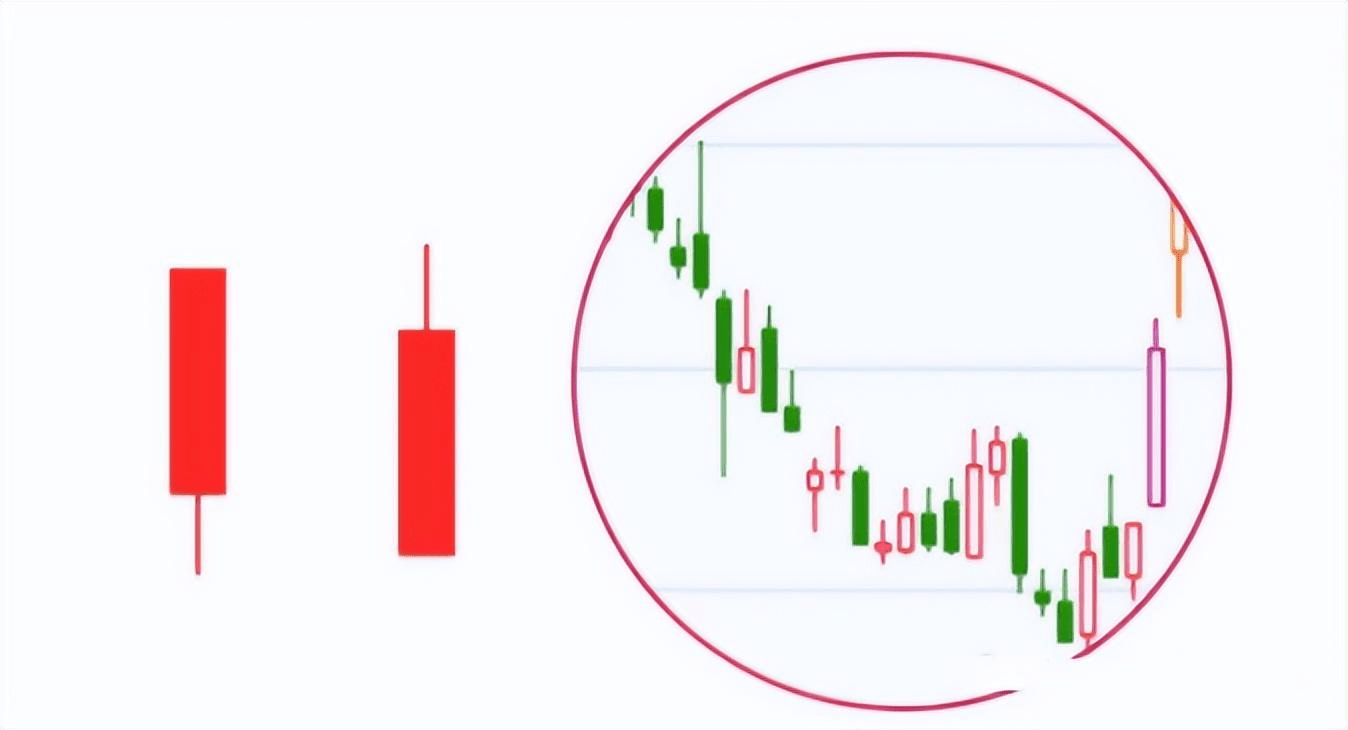
A bare head bullish candlestick has a body and a lower shadow, with no upper shadow. If a bare head bullish candlestick appears at a low point in the trend, reflecting a rebound after a bottom, it may signify the beginning of a new upward trend; if it appears during an ongoing upward trend, it indicates continued optimism for future movements.
Bare bullish candlestick, which has a body and is hollow, with an upper shadow and no lower shadow. A bare bullish candlestick indicates that the upward momentum of the trend is strong.
4. Bare Head Bearish Candlestick and Bare Foot Bearish Candlestick
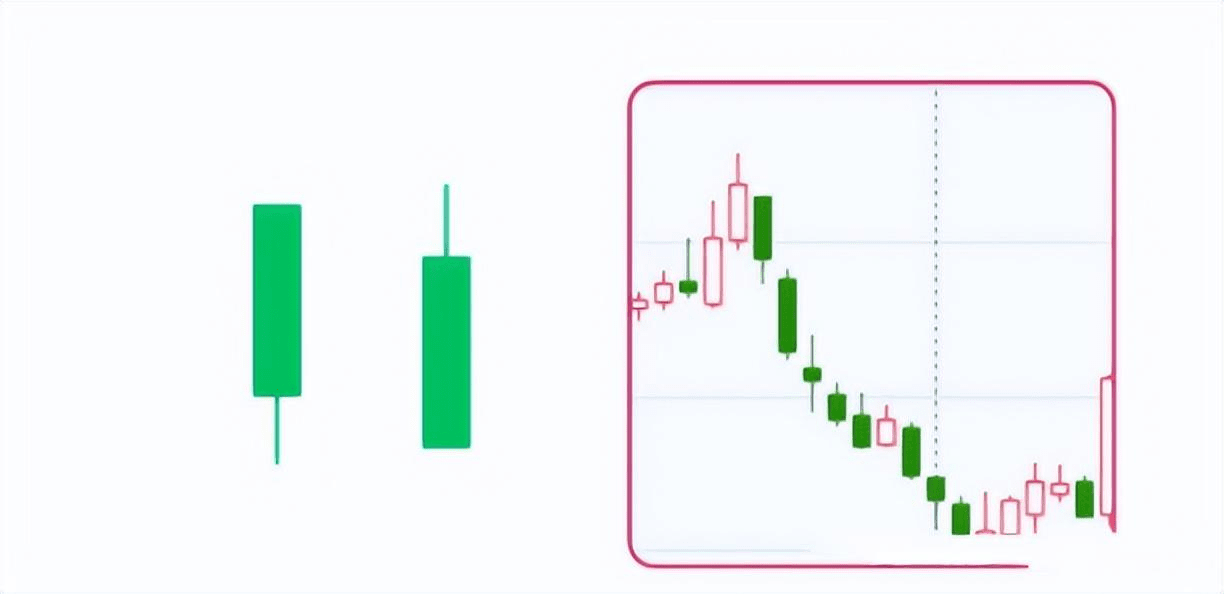
A bare head bearish candlestick refers to a bearish body with a lower shadow, where the opening price is the highest price of the day. The selling pressure is particularly strong right after the market opens, causing the price to continuously decline, but when it reaches a low, buying pressure may support the price, potentially leading to a rebound.
Bare bearish candlestick, which has a bearish body, an upper shadow, and no lower shadow. If a bare bearish candlestick appears at a low point in the trend, it indicates that there may be signs of a rebound, but the strength of the rebound is not significant.
5. Bare Head and Bare Foot Bullish/Bearish Candlestick
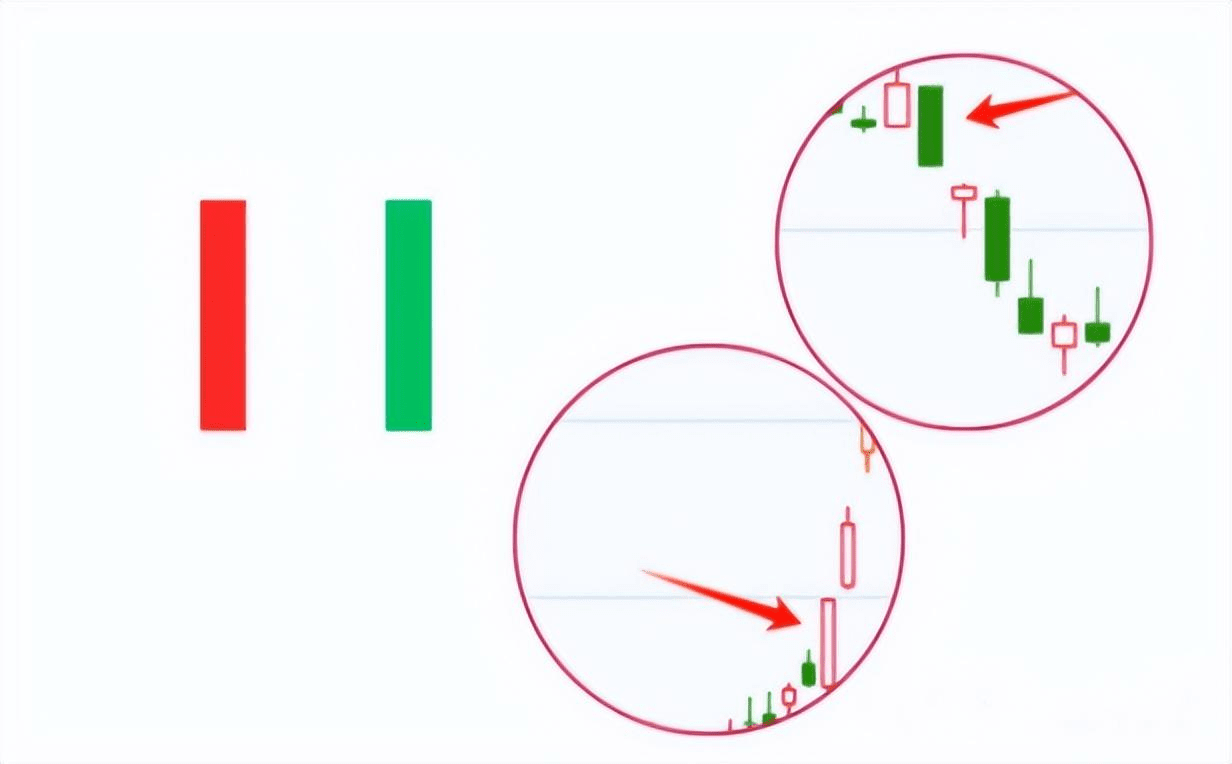
A bare head and bare bullish candlestick, which has a body and no upper or lower shadow. A bare head and bare bullish candlestick indicates an upward trend, and the subsequent trend is likely to be strongly bullish.
A bare head and bare bearish candlestick, which has a body and no upper or lower shadow. A bare head and bare bearish candlestick indicates a downward trend, and the future trend is likely to be strongly bearish, with a high likelihood of opening lower the next day.
6. Small Bullish Star + and Small Bearish Star
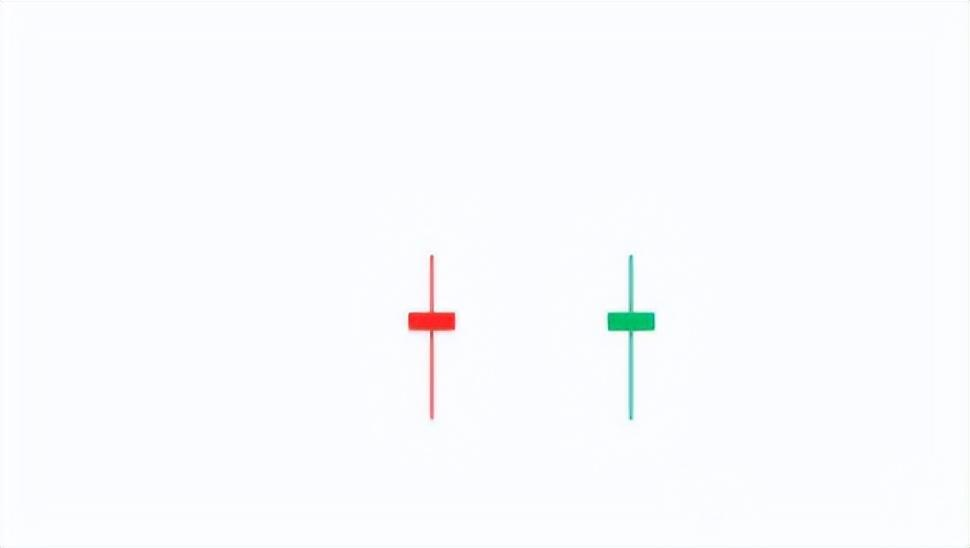
The body of small bullish and small bearish stars is very short.
A small bullish star represents very small fluctuations, with the opening price and closing price extremely close, and the closing price slightly higher than the opening price. The appearance of a small bullish star indicates that the trend is in a state of confusion and uncertainty, making it difficult to predict future price movements.
Small bearish stars are similar to small bullish stars, except that the closing price is slightly lower than the opening price, similarly indicating that the trend is in a state of confusion and uncertainty, making it difficult to predict future price movements.
7. Small Bullish Candlestick and Small Bearish Candlestick
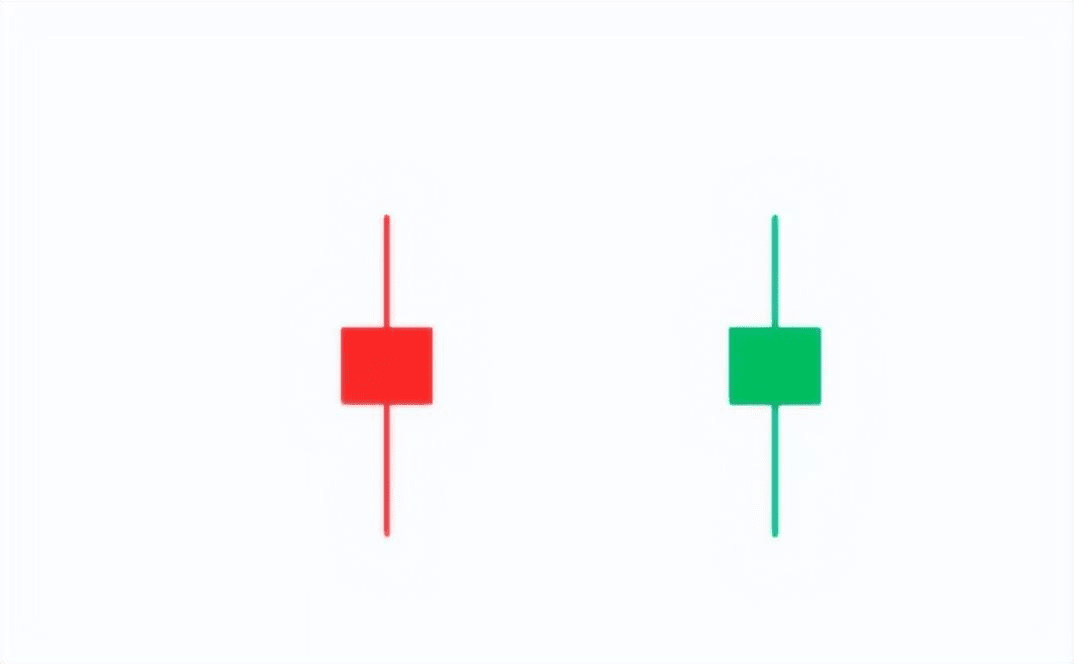
The body of small bullish and small bearish candlesticks is slightly longer compared to that of small bullish stars and small bearish stars.
The fluctuation range of small bullish and small bearish candlesticks is between 0.6% and 1.5%. A small bullish candlestick indicates a lack of momentum in the upward trend, making future movements unclear; a small bearish candlestick indicates signs of a downward trend, but the intensity of the decline is not significant, and the future trend is not very obvious.
8. Medium Bullish Candlestick + and Medium Bearish Candlestick
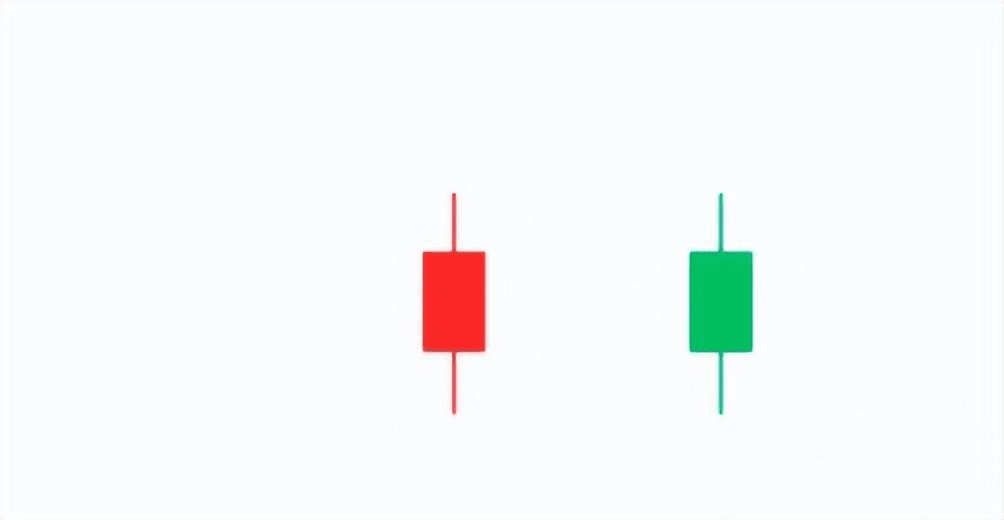
The body of medium bullish and medium bearish candlesticks is slightly longer than that of small bullish and small bearish candlesticks.
Unlike small bullish and small bearish candlesticks, large bullish and medium bearish candlesticks have clearer market significance. A medium bullish candlestick represents a bullish outlook, while a medium bearish candlestick indicates a bearish outlook; many times, medium bullish and medium bearish candlesticks often become turning points in trends but should also be analyzed in conjunction with the overall trend.
9. Large Bullish Candlestick and Large Bearish Candlestick
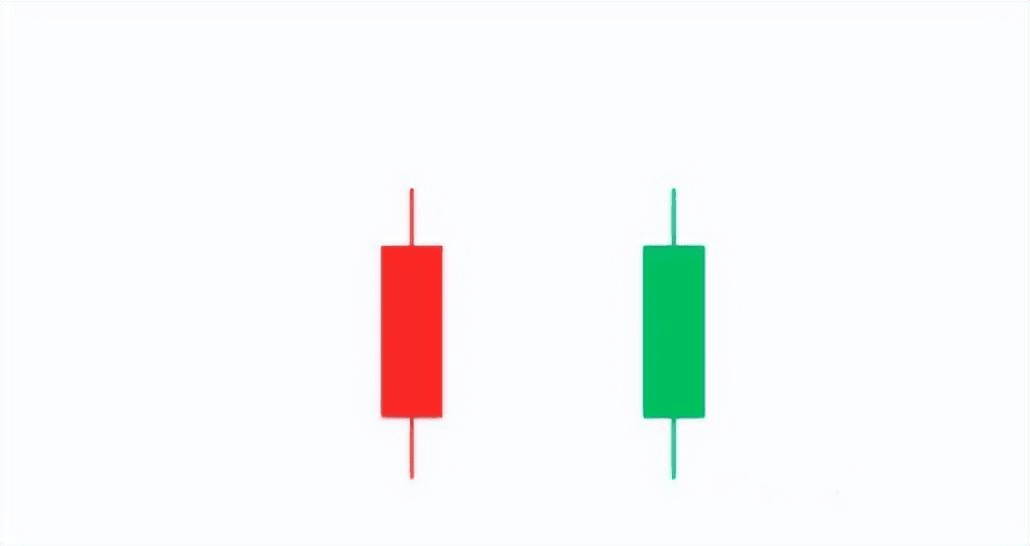
The fluctuation range of large bullish and large bearish candlesticks is over 3.6%. Compared to medium bullish and medium bearish candlesticks, the market significance of large bullish and large bearish candlesticks is clearer.
A large bullish candlestick indicates that the likelihood of an upward trend dominates, and the next day is likely to open higher; a large bearish candlestick indicates that the likelihood of a downward trend dominates, and the next day is likely to open lower.
10. Hammer Candlestick / Hammer
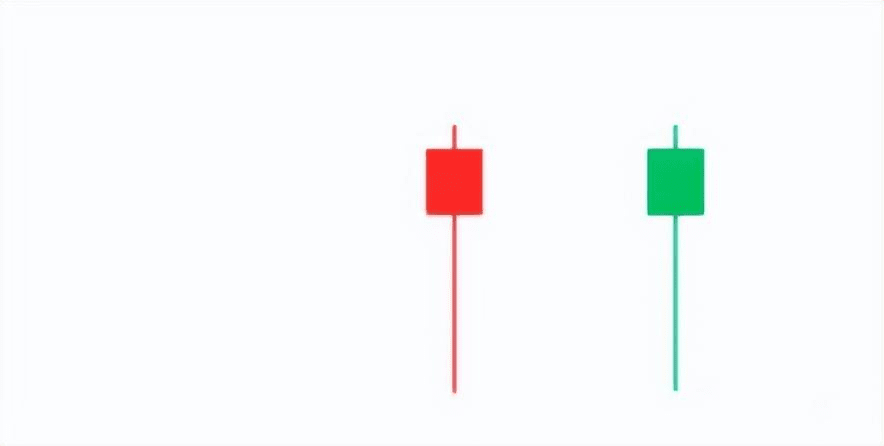
The body is relatively small, with a long lower shadow (2-3 times the body+), no upper shadow, or only a very short upper shadow. At high levels, it is also referred to as an 'hanging man'.
(1) If it appears at a high price, it is a signal of a market top; if at a low price, it signals a market bottom.
(2) The smaller the hammer's body, the longer the lower shadow, the greater the reference value.
(3) After a hammer candlestick appears, if the next candlestick closes as a long body bullish candlestick, and its closing price exceeds the highest price of the hammer candlestick, then the probability of a new upward trend is high.
(4) After a hammer candlestick appears, if the next candlestick is a large bearish candlestick, the market may maintain a downward trend.
11. Inverted Hammer Candlestick
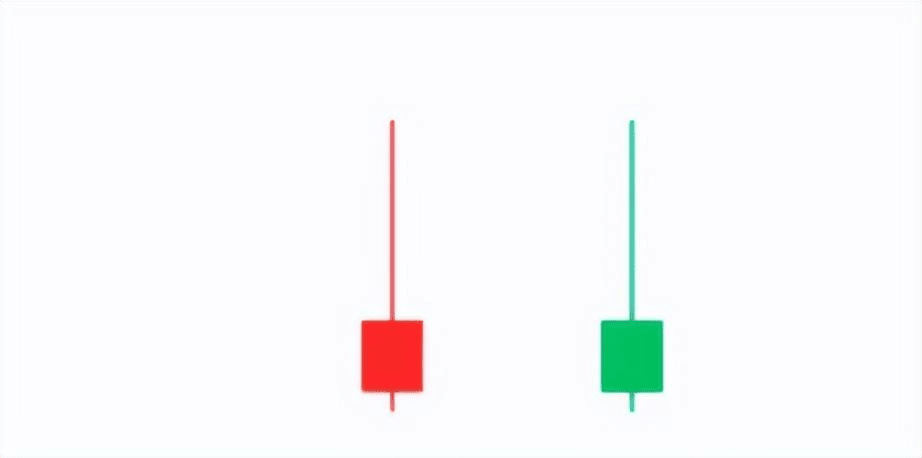
The body is relatively short, with a long upper shadow and no lower shadow or only a very short lower shadow.
(1) If it appears at a high price, it is a signal to sell stocks; if it appears at a low price, it signals a potential market bottom.
(2) The more disparate the ratio between the body and the upper shadow, the more valuable the signal.
(3) The inverted hammer candlestick is not a strong bullish signal; after it appears, the next candlestick must be waited for to confirm.
(4) If the opening price of the inverted hammer candlestick jumps upwards the next day, exceeding the body of the inverted hammer candlestick, the greater the distance of the upward jump, the stronger the verification signal.
12. Summary of Bullish Candles
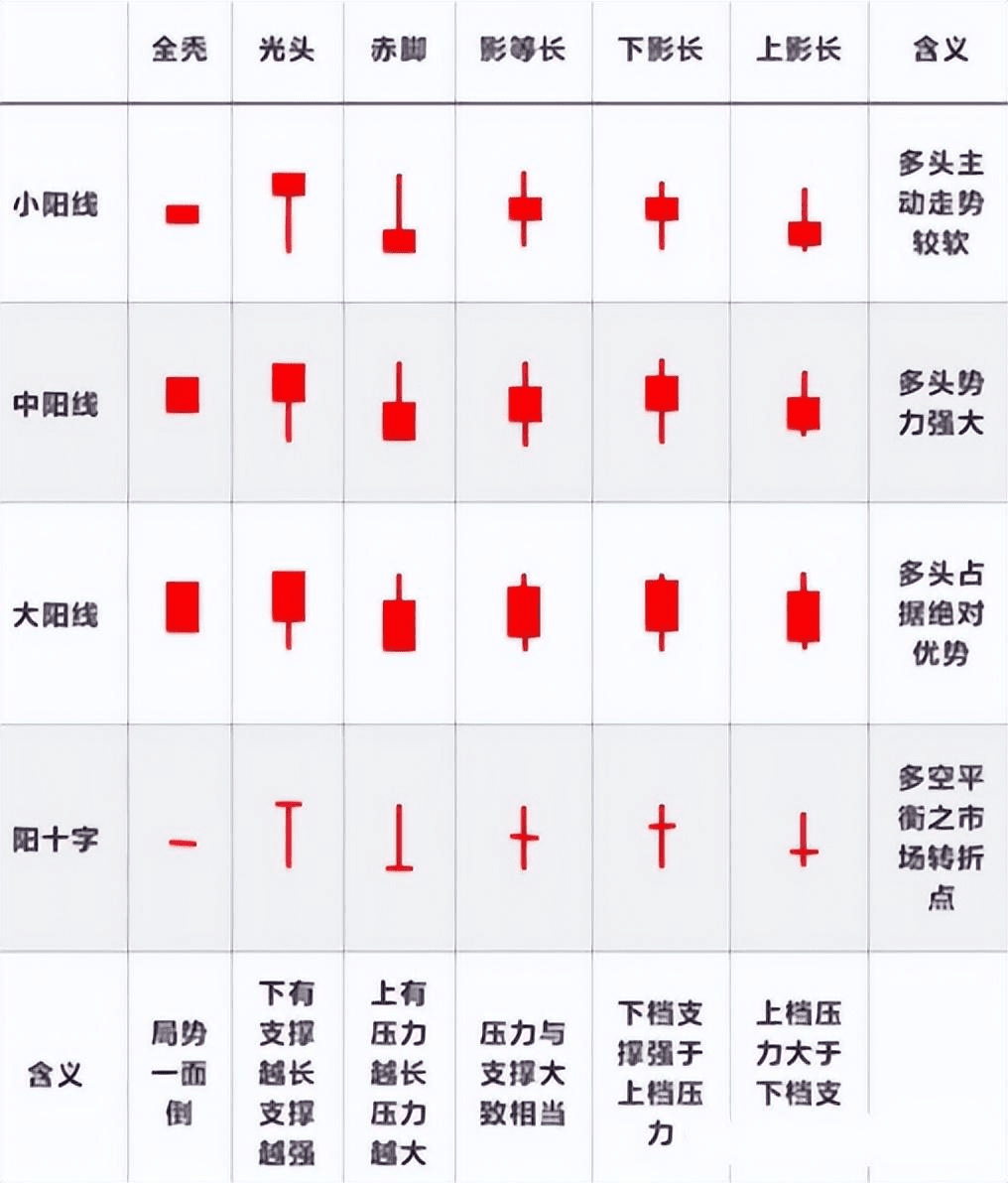
13. Summary of Bearish Candles
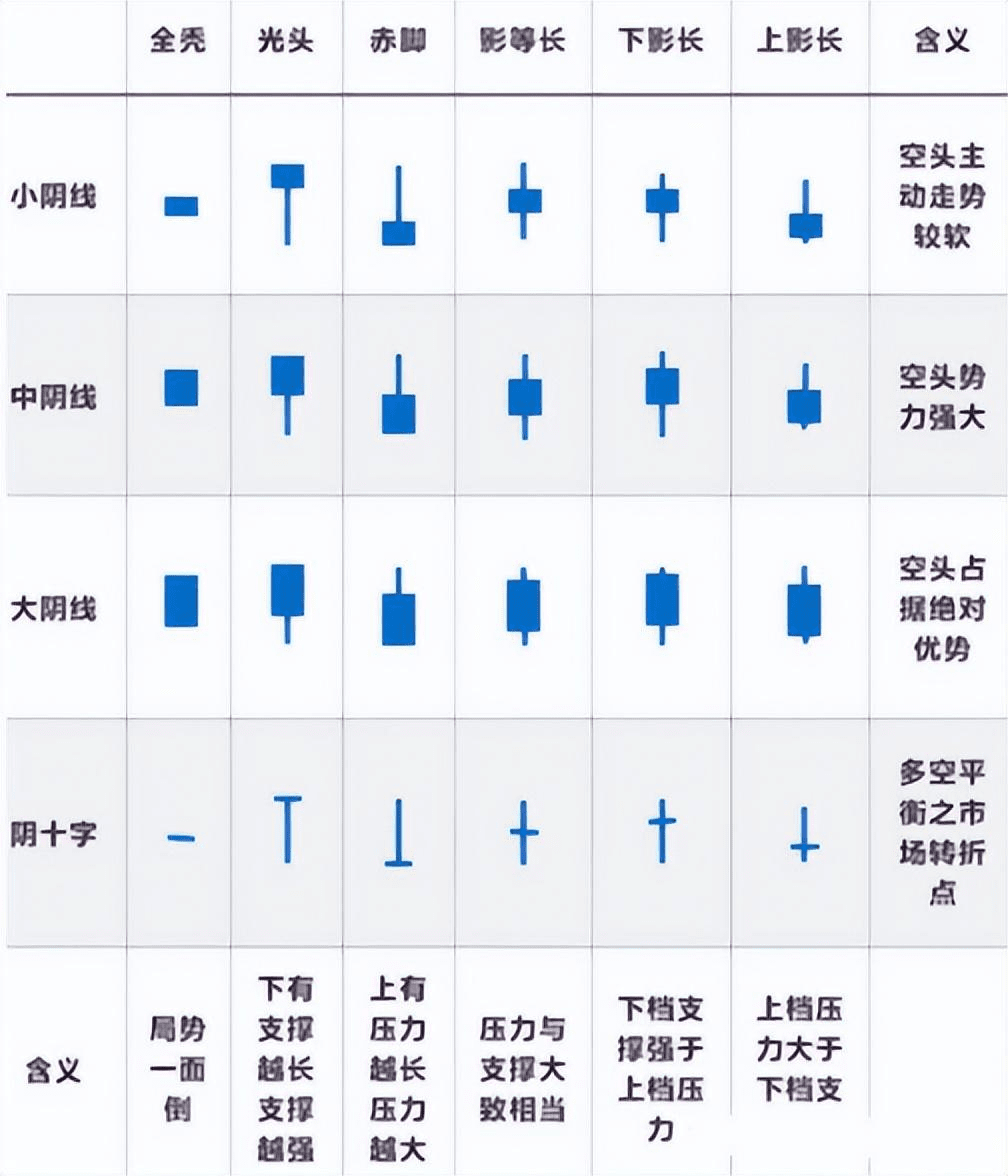
The above is the candlestick chart I organized, hoping to help everyone!
Caution: A large bullish candlestick releases a strong bullish signal. If you assume the market will rise and buy based on the bullish signal from the candlestick, it's easy to fall into the trap of false bullishness.
When learning candlesticks, remember these three points: Bullish signals do not equal a bullish market; a bullish outlook does not equal a suitable buying point; a suitable buying point does not equal steady profit.
1. Seize future investment opportunities, as this can help many people cross tiers again during a bull market!
2. Opportunities in Altcoin Spot Trading will share short-term and long-term strategies in real-time!
3. The market has become active again, and new star sectors or coins are definitely needed to ignite a new bull market. Capturing one can lead to significant profits, and capturing several can lead to explosive profits!
The cryptocurrency market is like a marathon; running fast is not as important as running steadily. Those who earn money through luck often lose it back through their skills in the end. Only by embedding position management into your DNA can you survive in this ruthless market. Remember: to survive is to have the opportunity to turn things around.


